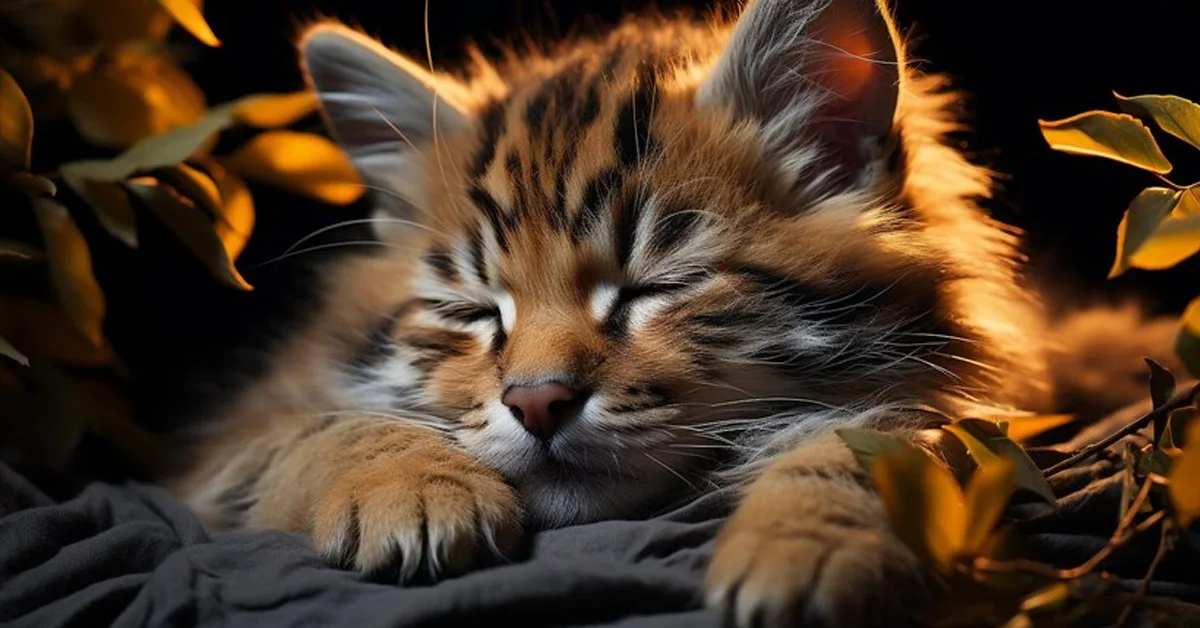Crossbreeding among animal species often captivates the imagination of both zoologists and the general public. Among the various examples of such intriguing hybrids, the crossbreed between two zoo cats stands out for its unique characteristics and the insights it provides into genetics and conservation. This article delves into the world of zoo cat hybrids, focusing on their origins, traits, ecological significance, and conservation implications.
ALSO READ: Achieve A Score Of 3 On A Par 4: Expert Tips And Strategies
Table of Contents
ToggleUnderstanding Zoo Cats And Their Hybrids
What Are Zoo Cats?
Zoo cats refer to species of felines that are often kept in zoos, either for conservation purposes, education, or public display. These cats include well-known species like lions, tigers, leopards, and cheetahs. Each of these species possesses distinct traits, habitats, and ecological roles.
The Concept of Crossbreeding
Crossbreeding occurs when two different species or subspecies interbreed to produce hybrid offspring. In the case of zoo cats, this can happen naturally in captivity or through human intervention. These hybrids can inherit characteristics from both parent species, resulting in fascinating combinations of physical and behavioral traits.
The Most Notable Zoo Cat Crossbreeds
Liger: The Lion-Tiger Hybrid
One of the most famous zoo cat hybrids is the liger, a cross between a male lion and a female tiger. Ligers exhibit traits from both parents, often growing larger than either species. They possess a unique coat pattern and a more sociable nature compared to tigers, which tend to be more solitary.
Tigon: The Tiger-Lion Hybrid
Conversely, a tigon is the hybrid offspring of a male tiger and a female lion. Tigons tend to be smaller than ligers and display a blend of physical characteristics from both species. They often have a more subdued temperament, inheriting the tiger’s solitary tendencies.
Other Hybrids: Leopons and Cheetahs
Hybrids like leopons (leopard and lion cross) and cheetah hybrids, though less common, also exist. These crossbreeds can provide important insights into the genetic diversity of wild felines and their adaptability to changing environments.
The Genetics Behind Hybridization
Chromosomal Considerations
Understanding the genetics of these hybrids involves delving into the chromosomal differences between species. Most felids have a similar number of chromosomes, which allows for the possibility of hybridization. However, there are significant genetic differences that can affect the health and viability of hybrid offspring.
Health Issues in Hybrids
Hybridization can lead to health issues due to the mixing of genetic material. For example, ligers often suffer from obesity and other health complications, which are less prevalent in their purebred parents. This raises ethical questions about breeding hybrids in captivity.
Ecological And Conservation Significance
Hybridization and Conservation
Hybridization can play a role in conservation efforts. By understanding how hybrids adapt to their environments, conservationists can devise better strategies for protecting endangered species. For instance, introducing hybrid vigor may help bolster small populations facing extinction.
Ethical Concerns
While there are potential benefits, the ethics of creating hybrids in captivity remain contentious. Critics argue that hybridization can detract from the conservation of purebred species and lead to a dilution of genetic diversity in wild populations.
Behavior And Social Structure
Social Dynamics of Hybrids
Hybrid cats often exhibit varied social behaviors depending on their lineage. For example, ligers may inherit more sociable traits from lions, leading to different social dynamics in captivity compared to purebred tigers. Understanding these behaviors is crucial for proper care and management in zoos.
Training and Interaction with Humans
Hybrids can sometimes be easier to train and interact with than their wild counterparts. Their unique blend of behaviors makes them fascinating subjects for study and interaction, which can enhance educational programs at zoos.
Conclusion
The crossbreeding of zoo cats opens a fascinating window into genetics, conservation, and animal behavior. While these hybrids can provide valuable insights and educational opportunities, the ethical implications surrounding their breeding must be carefully considered. As we continue to explore the world of zoo cat hybrids, we gain a deeper understanding of not only these magnificent creatures but also the ecosystems they inhabit.
ALSO READ: Mastering Immediate 1.0 Avage: Key Strategies For Success
FAQs
What is a zoo cat hybrid?
A zoo cat hybrid is the offspring produced from the crossbreeding of two different species of cats typically found in zoos, such as lions and tigers. These hybrids inherit traits from both parent species and can exhibit unique physical and behavioral characteristics.
How are zoo cat hybrids created?
Zoo cat hybrids can be created either through natural mating in captivity or through human intervention. Breeders may facilitate mating between different species to produce hybrids for various purposes, including education and research.
Are hybrid cats fertile?
The fertility of hybrid cats varies depending on the species involved. For instance, while ligers and tigons are typically sterile, some hybrids may retain fertility, allowing them to reproduce. This depends largely on genetic compatibility.
What are the health implications of hybridization?
Hybrid cats may face several health issues due to their mixed genetic backgrounds, including obesity and organ problems. These issues arise because the genetic material from different species can lead to incompatibilities that affect health and development.
How do hybrids impact conservation efforts?
Hybridization can offer insights into genetic diversity and adaptability, which are essential for conservation. However, it raises ethical concerns about the focus on hybrids potentially detracting from the preservation of purebred species and their habitats.

